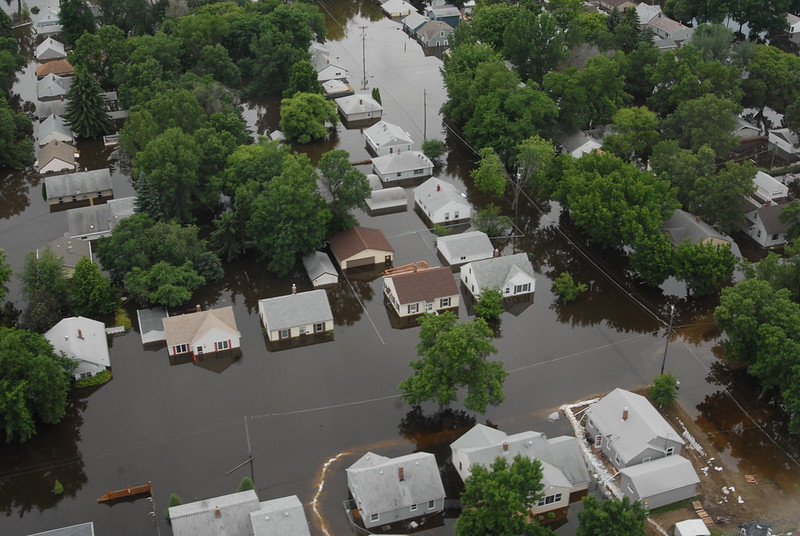Imagine you went for a week-long vacation and came back to your flooring, furniture, and electrical appliances soaking wet.

Stepping into a flooded home is pretty demoralizing no to mention dangerous, especially if probably left a few electrical appliances plugged in.
Regardless of whether you were a victim of a natural calamity or forgot to close the faucet, it would be best if you acted quickly to prevent further damage to your home. Here are some key steps to take if your house floods.
Stop the Flow of Water
The most important thing you should do once you find out your house is flooded is to cut off the water supply. If possible, locate the main water valve before it becomes completely submerged in water and switch it off. Unfortunately, there is little you can do to stop water flow if the flooding is due to natural causes like heavy rainfall.
Switch Off Every Electrical System
After cutting off the water supply to your house, the next step would be to turn off the electricity. Ensure you switch off all the outlets and remove any electrical appliances from the water. If you cannot get to the fuse box without walking through the water, it would be best to call an electrician.
Read Also:
Find a Safe Spot to Wait
If the flood is due to a burst pipe or a leak in the sewage, it would be best to get everyone out of the premises, preferably outside of your home. Look for a safe, dry spot and ascertain everyone is alright. You can then wait for help once you are away from the flooded area.
Call for Help!
If the flooding is not too serious, you can probably manage to clean up on your own. However, if the flooding is intense, you might need to consider a water damage restoration service.
Remember, if the flooded building is not properly dried after a flood, there is an increased risk of mold growth, posing a serious health hazard to anyone living in the house.
Record All the Important Details
Before you begin the clean-up process, an excellent idea is to take lots of videos and photos to present to your insurance provider.
As you document everything that happened on the premises, be careful not to touch the dirty water as it could very well be a mixture of effluent and sewage. Ensure you wear waterproof boots and gloves before re-entering into the flooded house.
Clean up the Premises
You will be in for a tough ride once you begin cleaning up your flooded home. Start by salvaging any precious items such as the carpet and appliances and removing all the wet furniture. You can then dry the area and disinfect any objects that got soaked in the water.
Wrapping Up
A flooded house can elicit feelings of stress as you begin to think about the extent of the damage to your property.
However, you must keep a level head in light of all the heightened emotions and make sound decisions. Take a long, deep breath and know that the situation will eventually get better.









